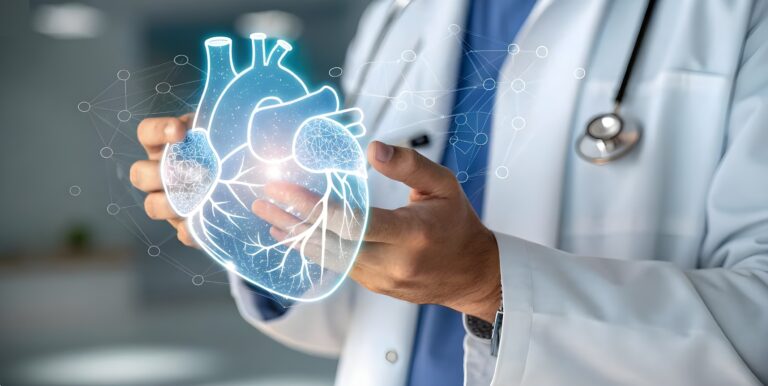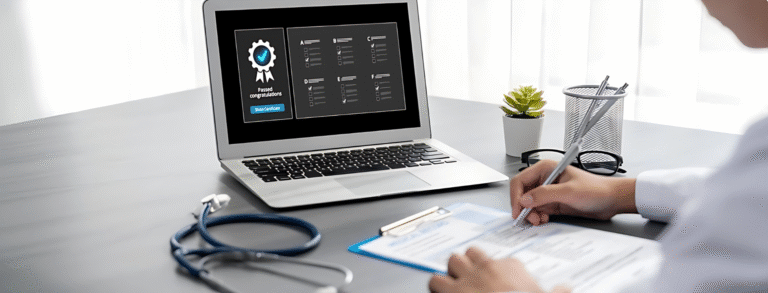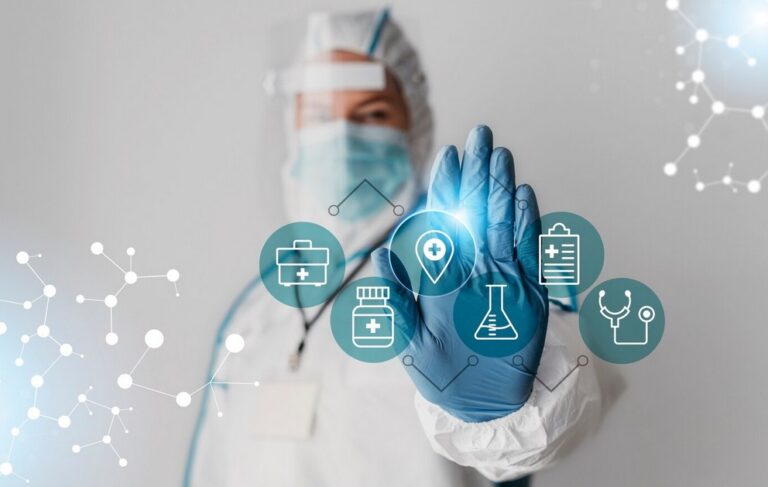Devices Redefined: Global Clarity Achieved.
Seamlessly launch your innovative medical devices worldwide with uncompromising linguistic accuracy.
Empowering global healthcare, our specialized medical device translation services ensure your critical documentation, from IFUs to labels, resonates universally and safely.
Uncompromised Safety: Securing user well-being. Our meticulous translations of medical device IFUs and warnings ensure clear understanding, empowering safe and effective usage worldwide, paramount for patient protection.
Global Compliance: Expediting market entry. Expert translation navigates complex international medical device regulations, guaranteeing flawless submissions and accelerated approvals for your devices across all markets.
Intuitive Operation: Enhancing global usability. Precise localization of device software and user interfaces ensures intuitive understanding and seamless interaction for healthcare professionals and patients worldwide.
The Imperative of Precision in Medical Device Translation for Global Reach.
The medical device industry is a crucible of innovation, constantly developing groundbreaking technologies that enhance diagnostics, facilitate treatment, and improve patient quality of life. From intricate surgical instruments and advanced imaging systems to life-sustaining implants and sophisticated in vitro diagnostics, these devices are designed to operate globally. However, their profound impact hinges not solely on their technological sophistication but critically on their accurate and comprehensible communication across diverse linguistic and regulatory landscapes. In this context, life science professional translation services become an indispensable cornerstone for ensuring patient safety, regulatory compliance, and successful global market entry.
Operating in a globalized healthcare ecosystem, medical device manufacturers must navigate a labyrinthine network of international regulations, diverse user demographics, and complex technical specifications. Every piece of documentation accompanying a medical device – including Instructions for Use (IFUs), labels, packaging, software interfaces, technical files, marketing materials, and post-market surveillance reports – must be translated with absolute fidelity into the official languages of all target markets. A single linguistic error in a safety warning, an ambiguous instruction in a user manual, or a mislabeled component can lead to grievous patient harm, product recalls, substantial financial penalties, and irreversible reputational damage. The stakes are extraordinarily high, making professional translation services a non-negotiable requirement rather than a mere option.
The intrinsic complexity of medical device documentation demands a highly specialized approach to translation. This is fundamentally different from general language conversion; it requires an intricate understanding of mechanical engineering, electronics, software development, clinical applications, and stringent quality management systems. Translators must possess not only impeccable linguistic skills but also profound subject-matter expertise in the specific medical and technical disciplines relevant to the device. Without this specialized knowledge, a generalist translator risks misinterpreting critical operational parameters, overlooking vital safety information, or failing to adhere to precise regulatory terminology, all of which can have catastrophic consequences for patient well-being and market viability.
Moreover, the regulatory environment for medical devices is among the most stringent globally, with regulations like the European Union’s Medical Device Regulation (EU MDR) and In Vitro Diagnostic Regulation (EU IVDR), and the U.S. FDA’s requirements, mandating specific language compliance. These regulations often stipulate not just what needs to be translated but how it must be presented, including specific terminology, formatting, and readability standards for different user groups (e.g., healthcare professionals versus laypersons). This necessitates that translation providers are not only linguistically proficient but also deeply conversant with international medical device regulations, quality management systems (like ISO 13485), and risk management principles. Such specialized health care professional translation services act as vital linguistic architects, meticulously constructing accurate and compliant multilingual documentation that enables groundbreaking medical devices to safely and effectively reach patients and healthcare providers across the world.
Navigating Linguistic Labyrinths: Specialized Challenges in Medical Device Translation.
The translation of medical device documentation presents a formidable array of challenges, demanding a multi-faceted expertise that transcends conventional linguistic skill. At its core, this domain is characterized by an exacting requirement for precision, where the slightest deviation can have profound implications for patient safety, product efficacy, and regulatory compliance. One of the primary complexities stems from the highly technical and often proprietary nature of medical device terminology. Each device, from diagnostic instruments to surgical robots, comes with its own lexicon of specialized terms, acronyms, and unique functional descriptions. Translators must meticulously master this terminology, often relying on extensive glossaries, translation memories, and manufacturer-specific style guides to ensure absolute consistency and accuracy across all translated materials.
Beyond mere vocabulary, the translation of medical device Instructions for Use (IFUs) and user manuals demands an unequivocal clarity that leaves no room for ambiguity. These documents often contain step-by-step operational procedures, critical safety warnings, troubleshooting guides, and maintenance instructions. Translators must not only comprehend the technical function of the device but also anticipate potential user misunderstandings, adapting language to be explicitly clear for both expert clinicians and, increasingly, laypersons. This often involves simplified syntax, direct imperatives, and avoiding jargon where appropriate, while still retaining scientific and technical accuracy. Misinterpreting a warning symbol or an assembly instruction can lead to device malfunction or serious injury.
Regulatory compliance introduces another colossal challenge. Medical device regulations (e.g., EU MDR/IVDR, FDA 21 CFR Part 820, Japan’s PMDA) stipulate strict language requirements for various documents, including labels, packaging, IFUs, technical files, and clinical evaluation reports. These regulations often specify target languages, formatting, and the mandatory inclusion of specific safety symbols (e.g., ISO 15223-1). Translators must be intimately familiar with these diverse and evolving regulatory landscapes to ensure that all translated content meets the legal prerequisites for market access, preventing costly rejections, recalls, or penalties.
Elevating Medical Device Safety: Your Innovation Deserves Universal Understanding.
Bridging Linguistic Divides with Unparalleled Technical Precision and Regulatory Acumen
Our specialized medical device translation services ensure your products are used safely and correctly worldwide, transforming complex technical documentation into clear, compliant, and culturally resonant instructions.
Special Peculiarities When Translating Life Science Topics to Languages Like Arabic:
Translating complex medical device documentation into Arabic presents a unique constellation of linguistic, technical, and cultural challenges, underscoring the vital importance of specialized translation providers. Arabic, a Semitic language written from right-to-left, fundamentally impacts document layout and design. This can be particularly challenging for medical device labels and packaging, which often have limited space, as Arabic text can expand significantly compared to English, requiring careful design adaptation to ensure all mandatory information fits legibly.
A significant hurdle lies in the standardization of technical and medical terminology across various Arab-speaking countries. While Modern Standard Arabic (MSA) is the accepted language for formal and scientific texts, precise equivalents for cutting-edge medical device components, diagnostic procedures, or software functions may not be universally established or understood. Expert translators must possess the acumen to select the most appropriate and widely accepted terminology, often consulting with in-country medical professionals or using authoritative glossaries to avoid ambiguity that could compromise device function or patient safety.
Cultural and religious sensitivities are paramount, especially for patient-facing materials, user interfaces, or instructional videos. Depictions of the human body, discussions of certain medical conditions, or even illustrations of device usage must be carefully vetted to ensure they align with local cultural norms and religious beliefs in different Arabic-speaking regions. What might be an innocuous visual or phrase in a Western context could be culturally inappropriate or lead to misinterpretation in an Arab society, potentially impacting user acceptance and safe device usage. Furthermore, compliance with specific national medical device regulations within the Arab world (e.g., those from Saudi FDA, UAE Ministry of Health) adds another layer of complexity. Translators must be knowledgeable about these local regulatory requirements for documentation and labeling to ensure market entry. For comprehensive and culturally sensitive medical device translations into Arabic, specialized services like those offered by eArabiTranslations.com’s life science translation services are indispensable. They possess the nuanced understanding required to navigate these intricate linguistic, technical, and cultural landscapes, ensuring that critical medical device information is conveyed with absolute accuracy, compliance, and cultural resonance.
Navigating Regulatory Labyrinths: Ensuring Flawless Compliance Across Every Jurisdiction.
Meticulous Translation Safeguards Your Critical Submissions, Accelerating Global Approvals.
With an intricate understanding of global medical device regulations (e.g., EU MDR, FDA), our certified translations guarantee your documentation meets the most stringent legal requirements, minimizing delays and ensuring market access.
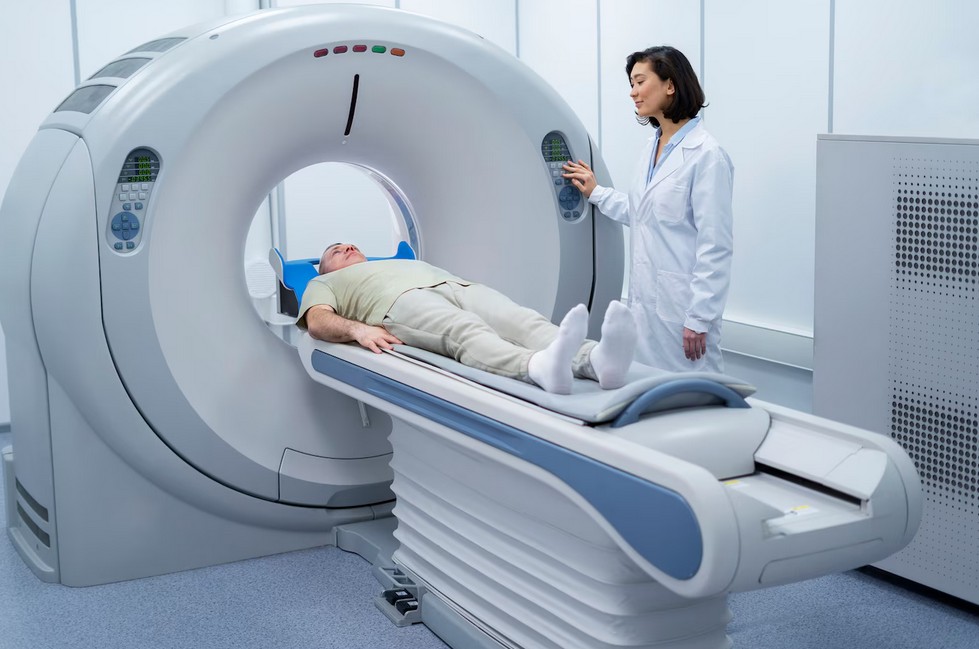
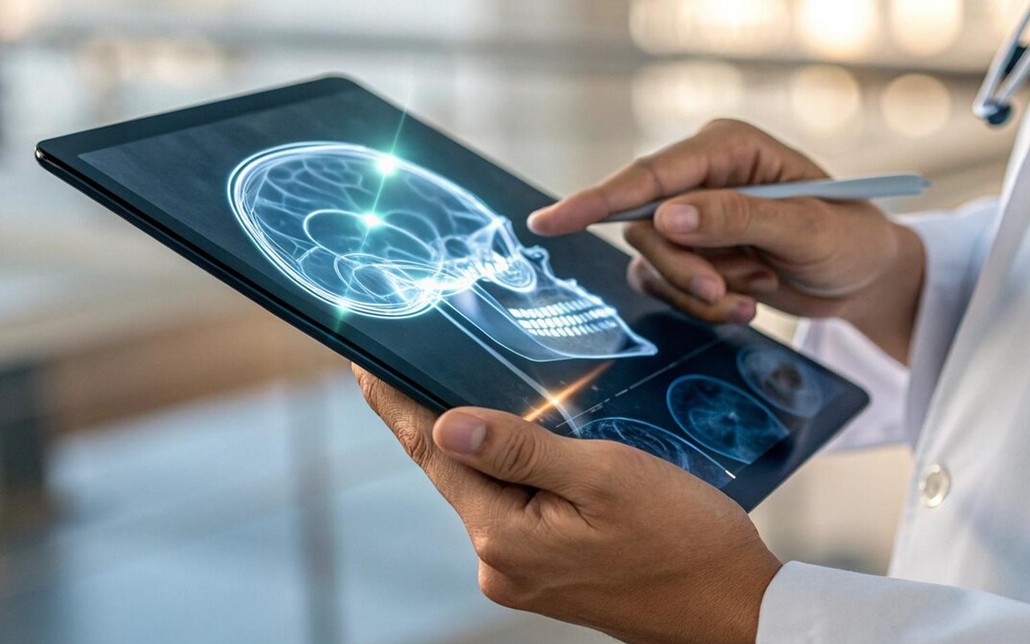
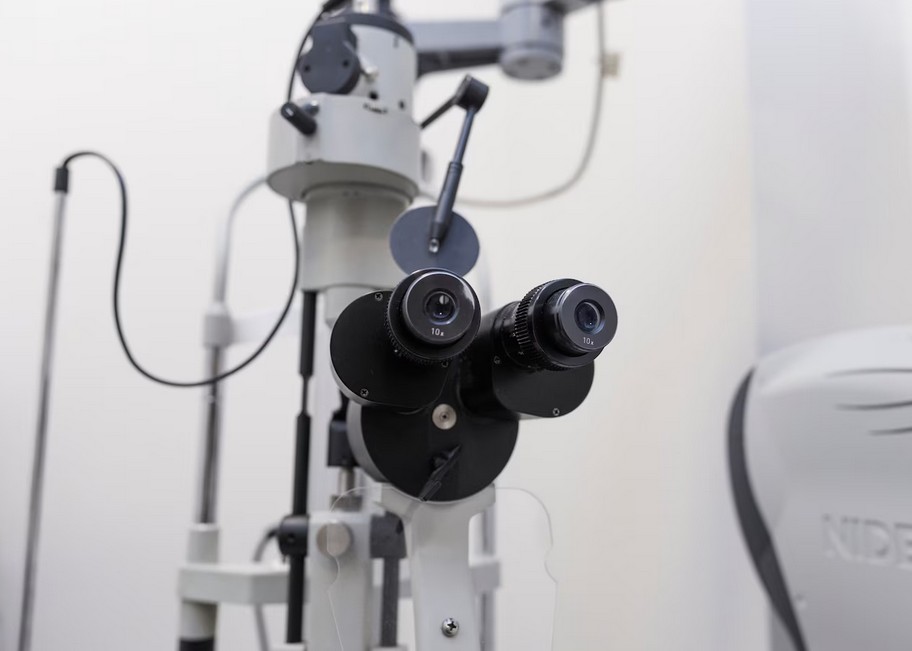
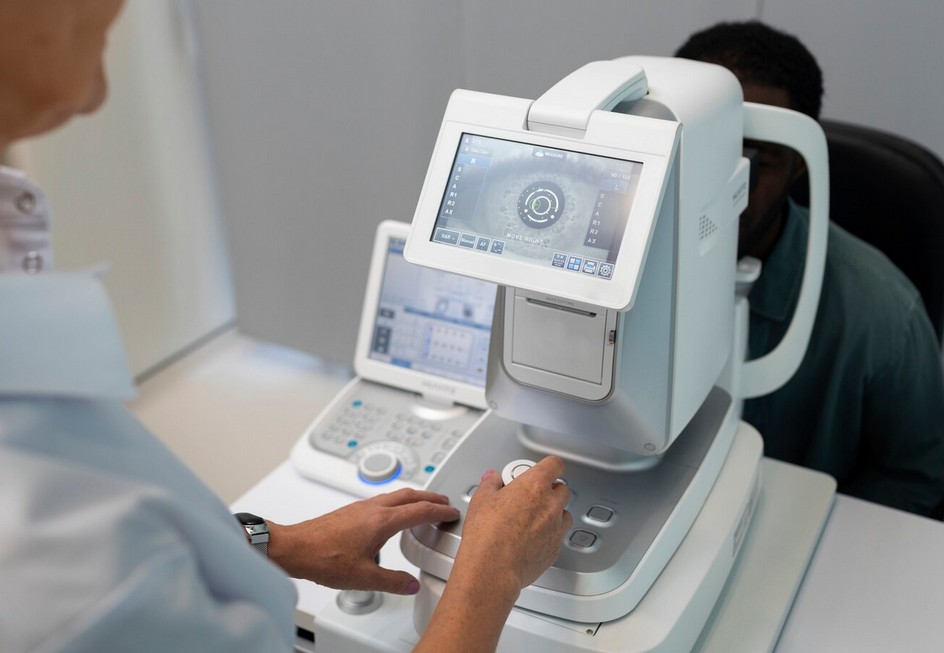
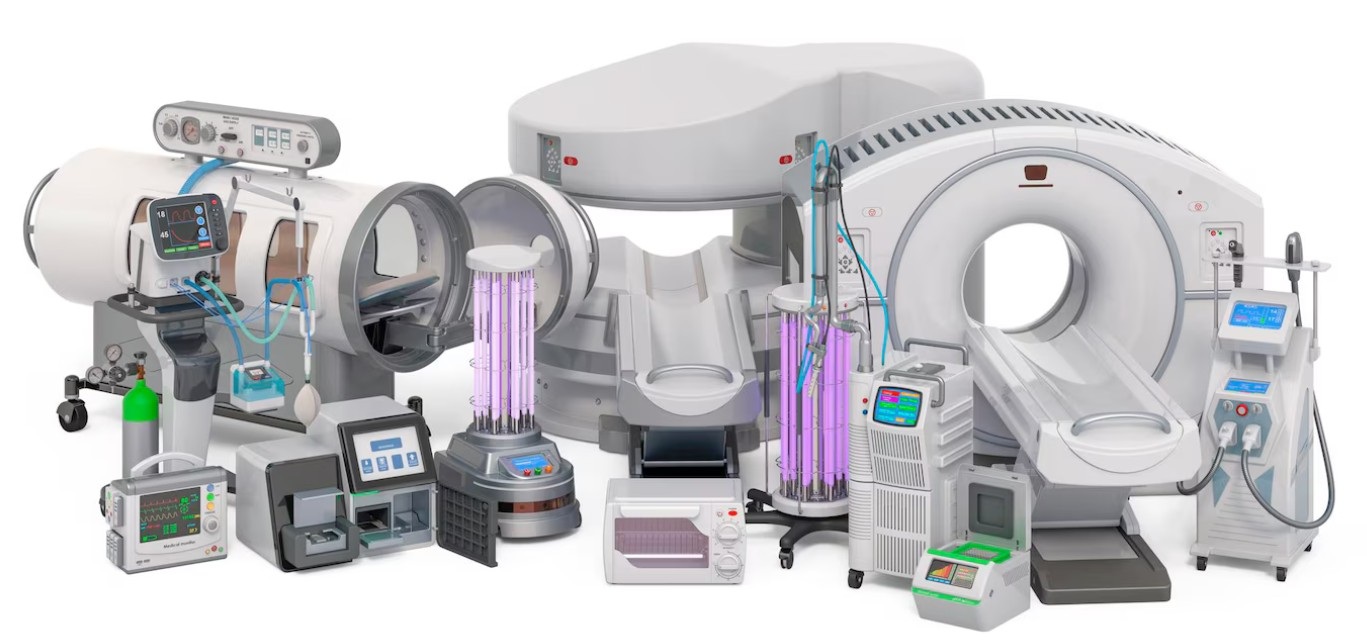
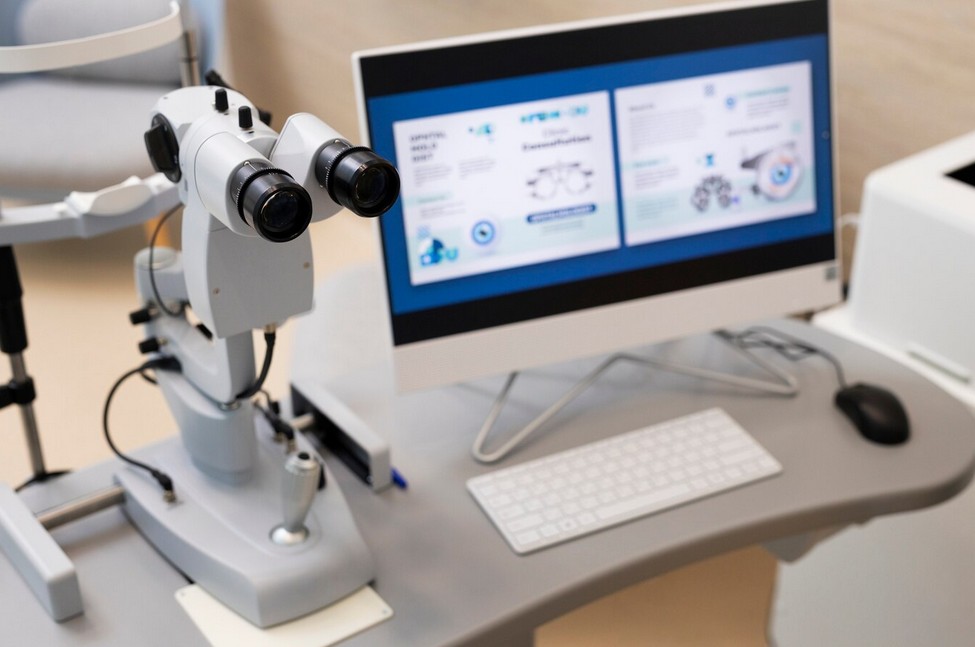
Oris Translations’ Unrivaled Expertise in Medical Device Translation: Compliance, Safety, Global Market Access.
In the highly regulated and rapidly evolving medical device industry, the demand for professional translation services that combine acute technical understanding with unwavering linguistic precision is paramount. Oris Translations stands as a global leader in this specialized field, offering comprehensive life science professional translation services meticulously tailored to the unique and stringent requirements of medical device manufacturers. Our commitment to accuracy, rigorous adherence to global regulatory standards, and innovative integration of human expertise with advanced technology solidify our position as the indispensable partner for ensuring patient safety and successful international market penetration.
What unequivocally distinguishes Oris Translations is our highly specialized team of linguists. These individuals are not merely translators; they are seasoned subject-matter experts with profound backgrounds in medical engineering, clinical applications, regulatory affairs, and quality management systems relevant to medical devices. Many possess relevant scientific or technical degrees and practical experience within the industry. This deep domain knowledge ensures that every translated document – from the most intricate Instructions for Use (IFUs) and detailed technical files to critical regulatory submissions and patient-facing materials – retains its original scientific integrity, technical accuracy, and nuanced meaning. Our linguists genuinely comprehend the functionality and safety considerations of the devices, enabling them to precisely convey complex operational procedures and highly specialized terminology, thereby preventing any linguistic ambiguity that could compromise device efficacy or user safety.
Our methodology is underpinned by an exceptionally robust, multi-tiered quality assurance process, a non-negotiable in medical device translation. Every project undergoes a meticulous review by a second, equally qualified linguist, followed by a final linguistic and regulatory compliance check to guarantee terminological consistency, grammatical accuracy, and cultural appropriateness. This stringent protocol is vital, as even a minor error in a warning label or a calibration instruction can have catastrophic implications for patient health, regulatory fines, or product liability. We leverage advanced translation memory (TM) and terminology management (TMG) tools to ensure unparalleled consistency across vast volumes of documentation, optimizing costs and turnaround times without ever compromising the paramount importance of safety and quality.
Oris Translations is acutely aware of and fully compliant with the labyrinthine regulatory frameworks governing medical devices worldwide. Our processes are meticulously designed to ensure complete adherence to international standards such as ISO 13485 (Quality Management Systems for Medical Devices) and ISO 17100 (Translation Services), as well as specific regulatory requirements from bodies like the EU MDR/IVDR, U.S. FDA, Health Canada, and Japan’s PMDA. We provide certified translations for all essential documentation, including technical files, design dossiers, risk management files, labeling, and software interfaces, giving our clients absolute confidence that their translated materials will meet all necessary legal, ethical, and scientific criteria in every target market, enabling seamless CE marking or FDA clearance. Our robust security protocols ensure the utmost discretion and confidentiality for highly sensitive proprietary device designs and patient data.
For companies seeking integrated health care professional translation services within the medical device sector, Oris Translations delivers comprehensive, end-to-end solutions. This encompasses everything from R&D documentation and engineering specifications to clinical evaluation reports, post-market surveillance data, and extensive user training materials. Our ability to seamlessly bridge linguistic, technical, and cultural divides empowers medical device innovators to accelerate global market entry, mitigate regulatory risks, and ultimately, ensure their life-changing technologies safely and effectively reach patients and healthcare providers around the world. Our dedication to linguistic excellence, technical precision, and unwavering regulatory compliance makes us an indispensable partner in the global advancement of medical device innovation. For a comprehensive overview of our linguistic solutions, visit our professional translation services page.
The Synergistic Fusion: Where Deep Technical Expertise Meets Unrivaled Linguistic Mastery. Our Specialized Linguists Possess Profound Domain Acumen, Guaranteeing Uncompromising Accuracy.
We deploy a dedicated team of translators who are also medical device engineers or clinical specialists, ensuring that every complex technical detail and medical nuance is precisely conveyed.
Future Horizons: Digital Devices, Regulatory Harmonization, and the Evolution of Translation.
The medical device industry is characterized by relentless technological advancement, particularly in areas like digital health, artificial intelligence integration, and wearable diagnostics. This dynamic evolution profoundly shapes the demands placed upon professional translation services, which must continually adapt to facilitate the global adoption and safe use of increasingly sophisticated technologies. The future of medical device translation lies in an intricate synergy between cutting-edge linguistic technologies and the irreplaceable discernment of human experts, prioritizing both efficiency and unimpeachable accuracy in a highly regulated landscape.
The proliferation of software as a Medical Device (SaMD) and devices with integrated software interfaces (UIs) introduces new translation complexities. User interfaces, digital instructions, companion apps, and cybersecurity documentation must be meticulously localized to ensure intuitive usability and patient safety across all target languages. While Machine Translation (MT) and Neural Machine Translation (NMT) tools offer significant speed for initial drafts, particularly for repetitive software strings, the critical nature of medical device functionality demands human linguistic and technical validation. Raw MT output is insufficient; it requires expert human post-editing to ensure precise terminology, correct contextual meaning, and seamless user experience. Oris Translations champions this hybrid approach, leveraging AI to enhance efficiency while ensuring every translated digital element is meticulously refined and validated by expert human linguists, preserving the integrity essential for life science professional translation services.
The global push towards regulatory harmonization, exemplified by initiatives like the EU MDR and IVDR, underscores the increasing complexity of market access. These regulations demand extensive documentation in multiple official languages, placing a significant burden on manufacturers. Translators must not only be abreast of these evolving regulatory requirements but also possess the technological infrastructure to manage vast, interconnected multilingual content databases. The consistent use of approved terminology across all documentation for a device – from design specifications to post-market surveillance reports – is paramount for regulatory scrutiny and streamlined audits. This requires sophisticated terminology management systems and rigorous quality control protocols.
Furthermore, as medical devices become more interconnected and patient-facing (e.g., remote monitoring devices, personalized health apps), the need for culturally sensitive and accessible language becomes even more pronounced. Instructions, warnings, and educational materials must transcend mere linguistic conversion, adapting to local health literacy levels, cultural beliefs, and even visual communication preferences. The role of health care professional translation services will expand to encompass not just translation of static documents, but also localization of interactive digital content, multimedia training modules, and patient support resources, ensuring that vital information empowers safe and effective device use globally.
The trajectory of the medical device industry is undeniably global, driven by universal health needs and rapid technological advancement. As this trajectory continues, the strategic partnership with specialized translation providers will become even more critical. These linguistic experts will not merely facilitate communication; they will actively enable product innovation, ensure stringent regulatory compliance, and ultimately contribute to the safe and successful worldwide deployment of life-changing medical technologies. For a partner dedicated to linguistic excellence, technical precision, and unwavering regulatory adherence, explore Oris Translations’ comprehensive offerings. For a deeper dive into our specialized approach, visit our life science professional translation services page.
Accelerating Global Market Entry: Your Gateway to New Opportunities in Healthcare.
Strategic Linguistic Solutions Drive Your International Expansion and Competitive Advantage.
Our targeted translation services are designed to facilitate rapid and effective market penetration, ensuring your medical devices achieve widespread acceptance and success across diverse international markets.
Your Medical Device Translation Questions AnsweredH3: Comprehensive Insights into Life Science Translation for Global Device Success.
Navigating the complexities of medical device translation can raise many questions. Here, we address some of the most frequently asked queries to provide clarity and demonstrate our commitment to excellence in life science professional translation services.
Technical Fidelity
Exact Replication: Preserving engineering detail. Our specialized linguists accurately convey intricate technical specifications, ensuring design integrity and functional precision are maintained across all translated documents.
Market Expansion
Strategic Access: Unlocking new territories. Culturally attuned and compliant translations empower your medical device to penetrate new international markets effectively, transforming global linguistic diversity into commercial success.
Quality Assurance
Audit Ready: Ensuring verifiable documentation. Our rigorous quality processes align with ISO 13485, providing audit-ready, consistently high-quality translations that safeguard your device’s global regulatory standing.
Have Questions? We’re Here to Help.
Our dedicated client service team is available to provide detailed answers and guidance on our health care professional translation services. Reach out for a personalized consultation.
Ready to Launch Your Medical Devices Globally?
Connect with Oris Translations today. Our expert team is poised to discuss your specific medical device translation needs and craft bespoke linguistic solutions for unparalleled global success.



